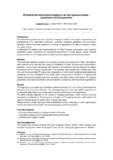Adobe PDF
(107.34 kB)
E. Holub et al., Anakon 2023 (Abstract)
Seiten Aufrufe
124
aufgerufen am 13.01.2024
Download(s)
11
aufgerufen am 13.01.2024



